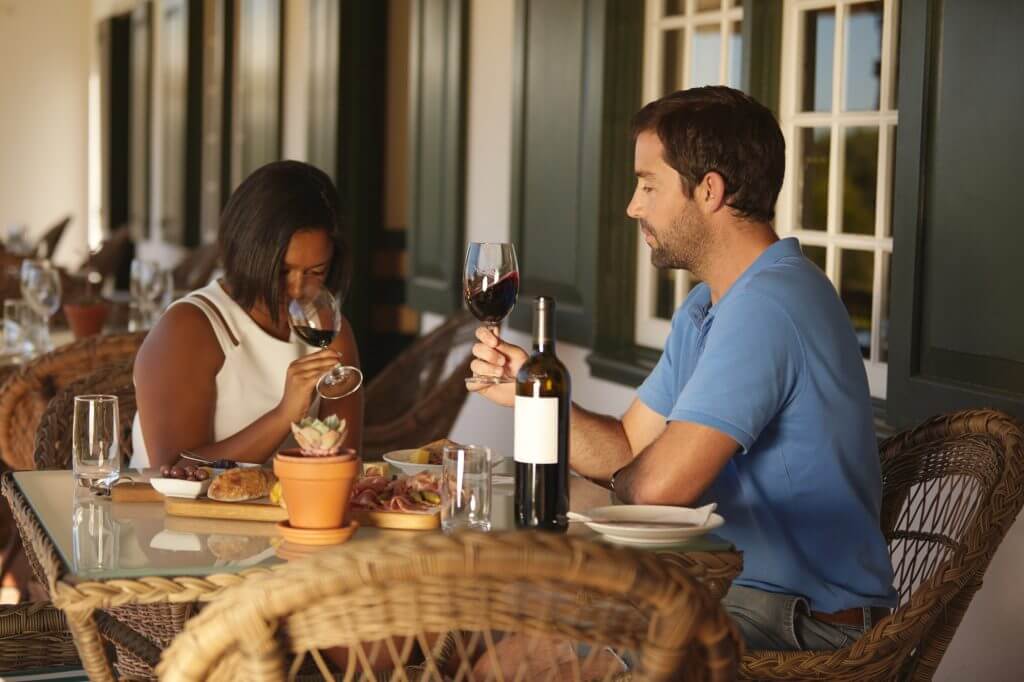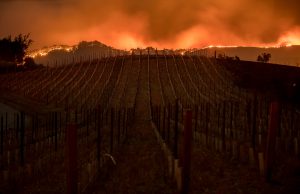Rioja and its sub-regions
Rioja is a wine region located in Spain, with DOCa status. Rioja is subdivided into three regions, Rioja Alta, Rioja Oriental, and Rioja Alavesa. The majority of wines to leave Rioja have a blended mix from all three regions; however, there is more commonly a growth of wines distinctly from each subregion alone. These single-zone wines have their individuality dependent on the climate, soils and winemaking processes used in each region.
Although Rioja has its three sub-regions, the wines produced and grapes they are produced from are relatively similar across all three as this is regulated by the country DOC system. Usually these wines were created using various grape varieties; however, it has become more common to see them produced as monovarietal wine. The authorized proportional variations are as followed.
Red wines must be made of at least 95% Tempranillo, Garnacha Tinta, Graciano, Mazuelo and Maturana Tinta. White wines must be made up of Viura, Garnacha Blanca, Malvasia, Maturana Blanca Tempranillo Blanco, and Turruntes (should not be confused with the Torrontés grape which is not genetically the same at all). Finally, Rosé wines must be made of a minimum 25% Tempranillo, Garnacha Tinta, Graciano, Mazuelo and Maturana Tinta. All three regions must follow these specifications; however, as we will explain later, foreign varieties have since been introduced.
Rioja Alta
Rioja Alta (the western part of Rioja) takes advantage of higher altitudes where its vineyards are sited. In this part of the region, soils have iron and alluvial elements and a higher concentration of clay; the lands also have less limestone than its neighboring counterpart. This combination which makes up the soils within the vineyard have helped produce wines that are well appreciated and regarded as elegant with acidity that is balanced, and not overwhelming on the pallet.
Rioja Alavesa
Rioja Alavesa consists of two separate pieces of land joining with Rioja Alta, due to this proximity, the geographic benefits are similar such as the DOC zone itself. Vineyards are located at a similar altitude to Rioja Alta, and so the wines often have similarities. Similar elegance, but also they show more acidity. This will be primarily be due to each sub-region having its macroclimate which varies slightly to one another, even in geographical proximity.
Rioja Oriental
Rioja Oriental (previously known as Rioja Baja) is the eastern section of Rioja and so offers an altogether different variety of wine than the previous two regions. The climate in Rioja Oriental relies more on the Mediterranean and so is dryer and warmer than the other two regions, emphasis on this region is on Garnacha. Wines from this region are known to be fuller-bodied than the other two regions usually with richer flavors and aromas.
Traditional and modern varieties
The regulating council for the DOC Rioja (founded in 1925) has authorized seven varieties to be produced in the region. This consists of four red varieties and three white. Red varieties include Tempranillo, Garnacha Tinta, Mazuelo, and Graciano. White varieties include Viura, Malvasia and Garnacha Blanca.
Recently (in 2007) the council decided to authorize one new red variety and six new white varieties, these can only be substituted and not used alongside existing varieties. The new authorizations include Maturana Tinta red the only red to be added. The white varieties include Maturana Blanca, Tempranillo Blanco, Turruntes, Chardonnay, Sauvignon Blanc and Verdejo. To do this, the council had to make an amendment to the regulation which was approved in 2004 and subsequently amended again.
It is interesting to see foreign varieties introduced into the regions and to control this the regulating maintains that these varieties (Chardonnay, Sauvignon Blanc and Verdejo) cannot make up the majority volume of the finalized wine. Alternatively, autochthonous varieties do not have a set limit as to the quantity in the end product. Foreign grapes were introduced to increase the region’s competitiveness in the international market, while the incorporation of new autochthonous grapes was used to recover Rioja’s viticultural heritage. The council’s plan seems on the face of it to have worked, and the popularity of the region’s wines has increased since the introduction of the new grapes in 2007.
Viticulture and production
Grape harvest is done in the month of October; the harvest is restricted to 6500kg per ha for reds and 9000kg per ha for white wines; this is to ensure the highest standards are kept. The pruning consists of forming the stump with three arms and two thumbs in each arm. Furthermore, each thumb will have two buds from which the shoots will sprout.
The production follows the standards mentioned at the top of this article; however, the actual process of the production is different for both reds and whites. There are two production methods for red, the one with carbonic maceration and the other where the stem of the cluster is removed before fermentation. White wine production consists entirely of the grape passing to the drainer, the skins are removed, and the grape juice enters the tank for fermentation.
A true Spanish jewel
Rioja is best known for berry-scented and barrel-aged wines from the grapes It can be argued this is Spain’s top wine region, and many traditionalist will still say this. With its only real rival coming from Ribera del Duero, Priorat and still Jerez to a lesser extent, there’s certainty the quality of wine you can enjoy from these three incredible famous regions of Rioja. In 2017 vineyard area was said to be just under 65,000 hectares with over 90% of that exclusively growing red grape varieties, this, in turn, creates a vast certified production of a quarter of a billion liters for the year. The vastness of this area is astonishing and proof that quantity and quality can work hand in hand.







